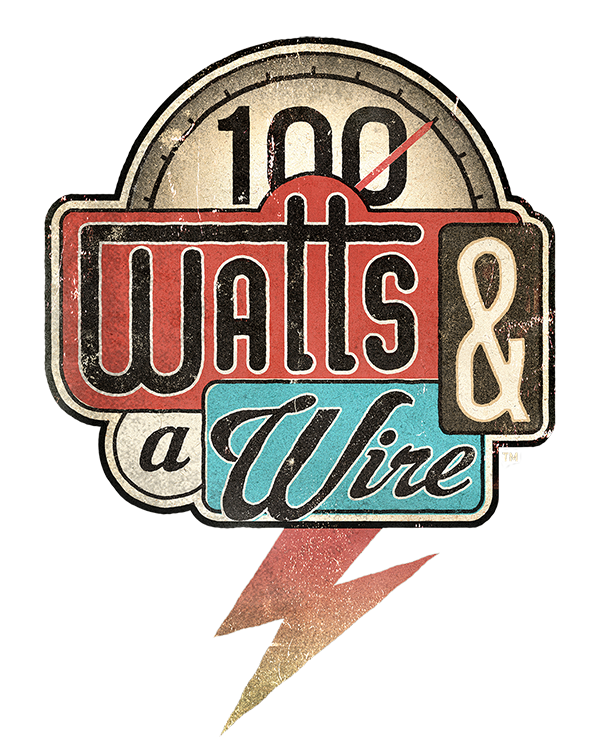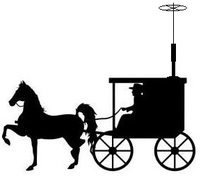- It gives me a practical application for my freshly printed (the ink might not even be dry yet) Information Systems degree
- It keeps me involved in the hobby, even during times when getting on the air is challenging because of the family commitments involved with having 3 little kids while doing some traveling for work.
- We follow the guidelines of the ADIF format
- We only store "valid" qsos in the database, that meet the program rules (1 contact per call, per day, per band, per mode, per park)
- Make sure you log yourself the way you announce yourself on the air (i.e. N3VEM, or N3VEM/P etc.)
- Make sure you are accurate with time in your log - there is a 15 minute window that the system uses to match park to park contacts
- Best practice is to log the other operators park in a park to park contact. The system usually finds the matches if you don't, but there is a very specific scenario where it won't, so consider yourself warned if you like to play it loose :-)

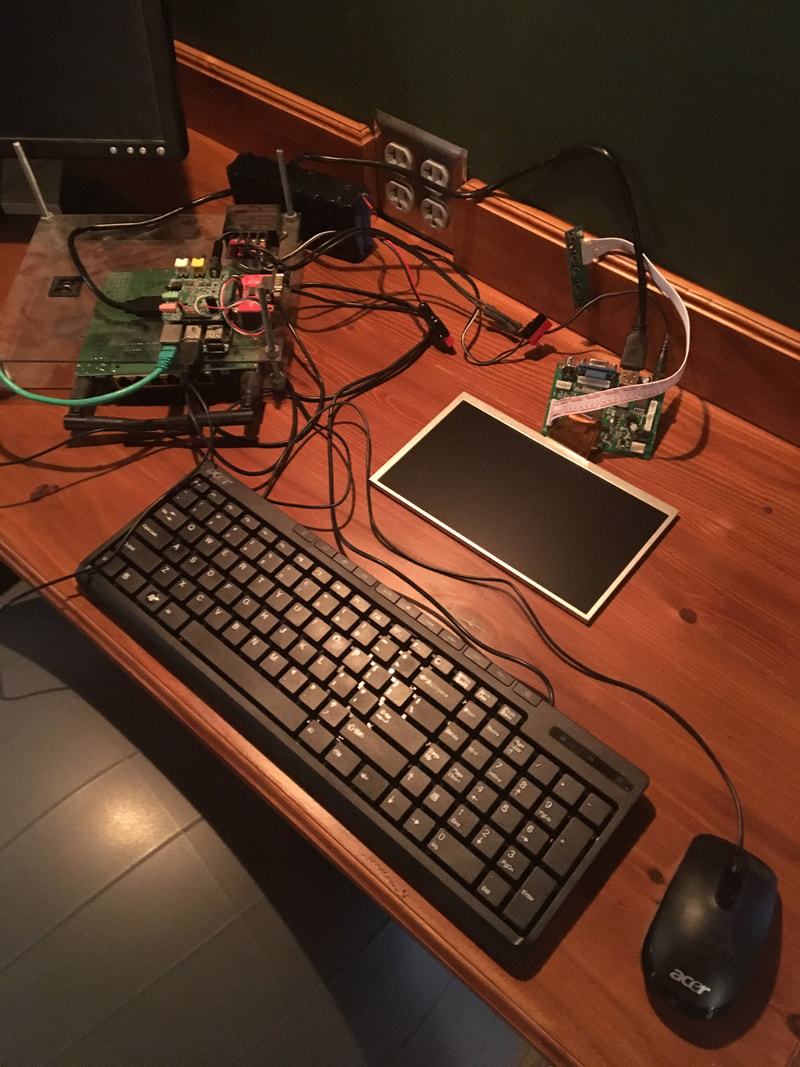
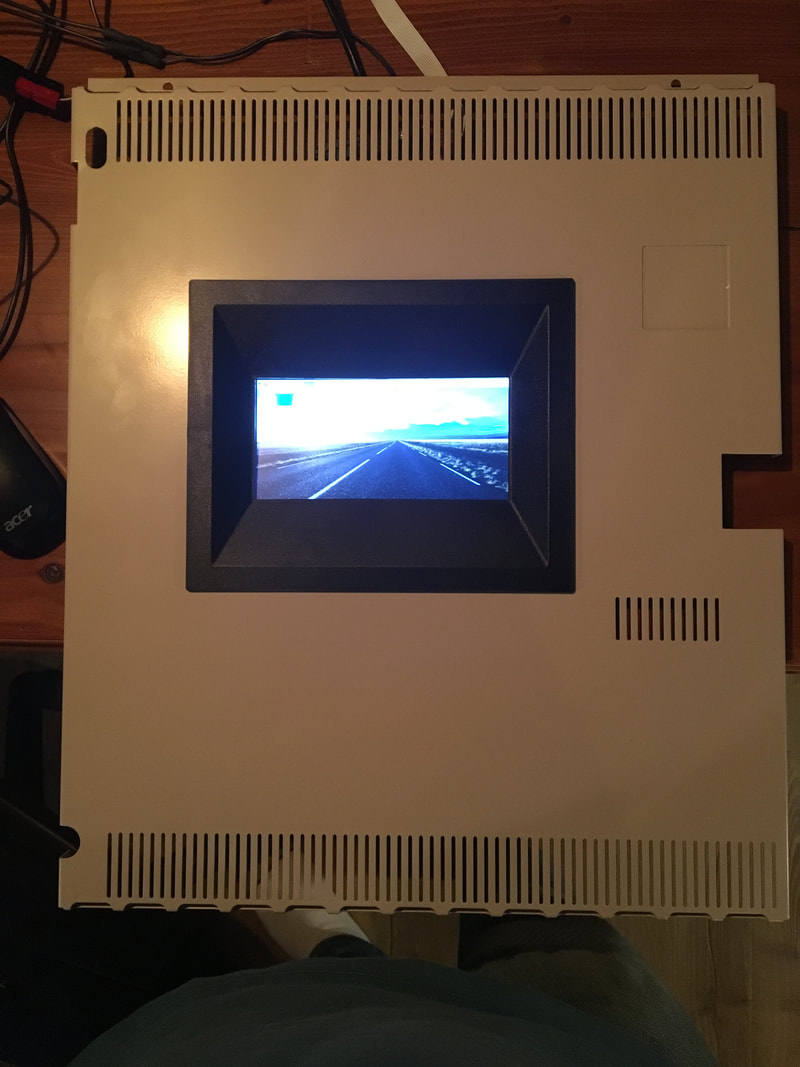

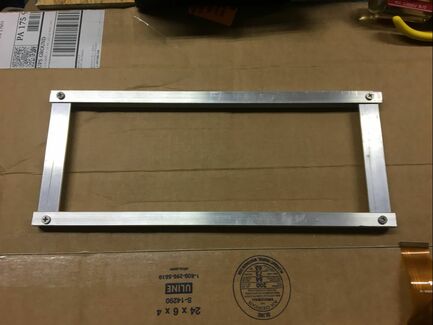
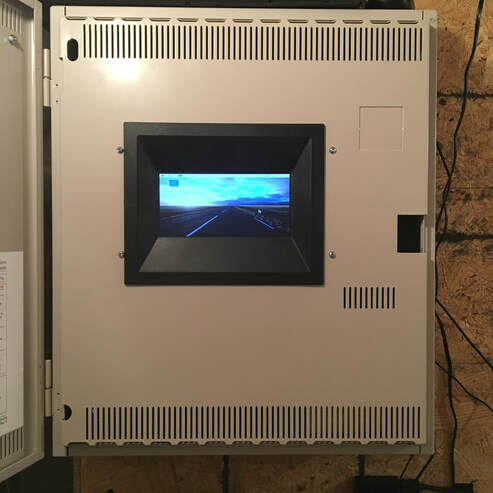
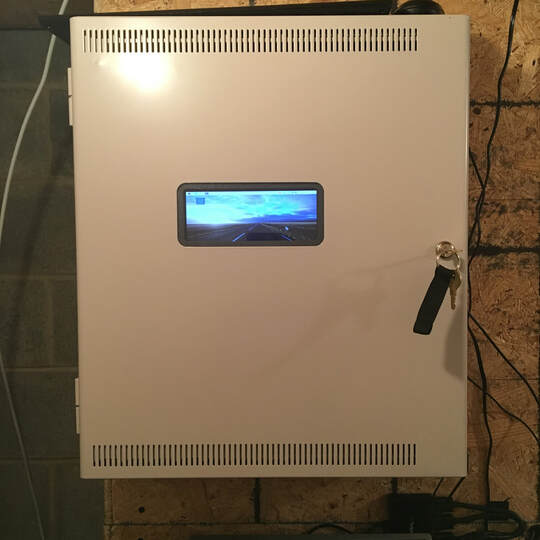

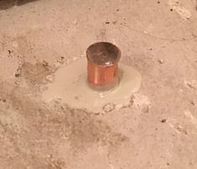
 RSS Feed
RSS Feed


